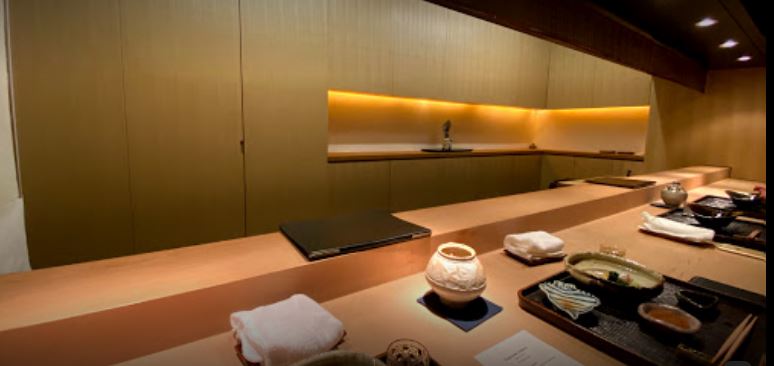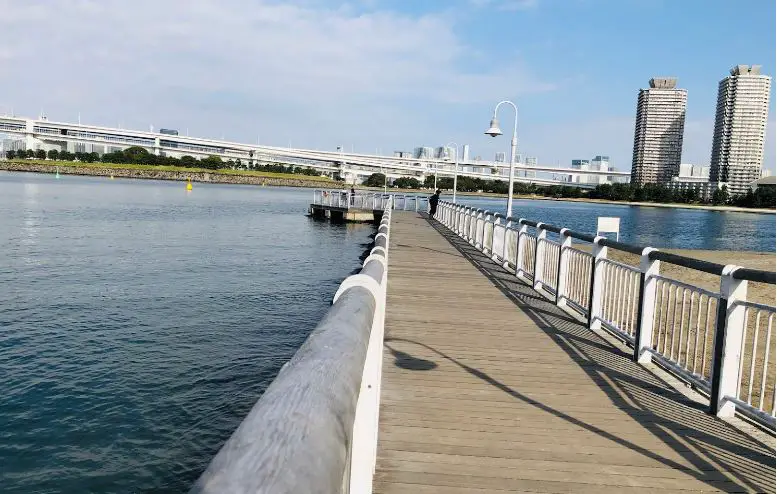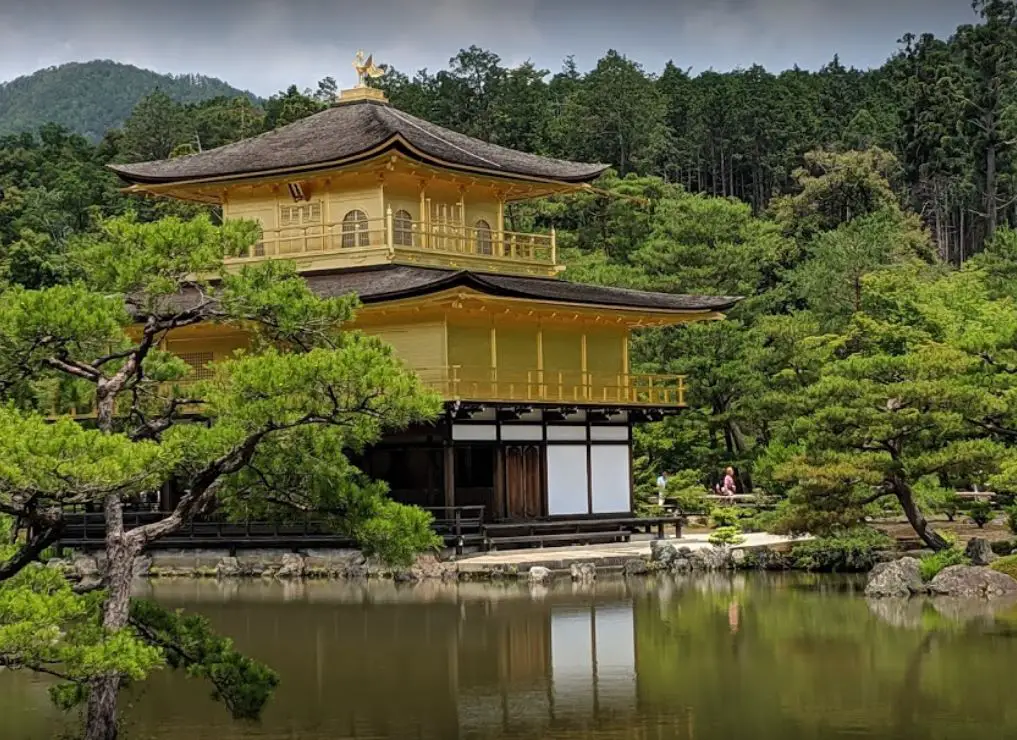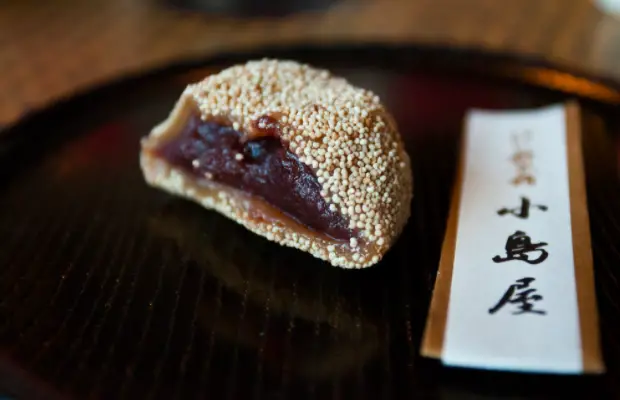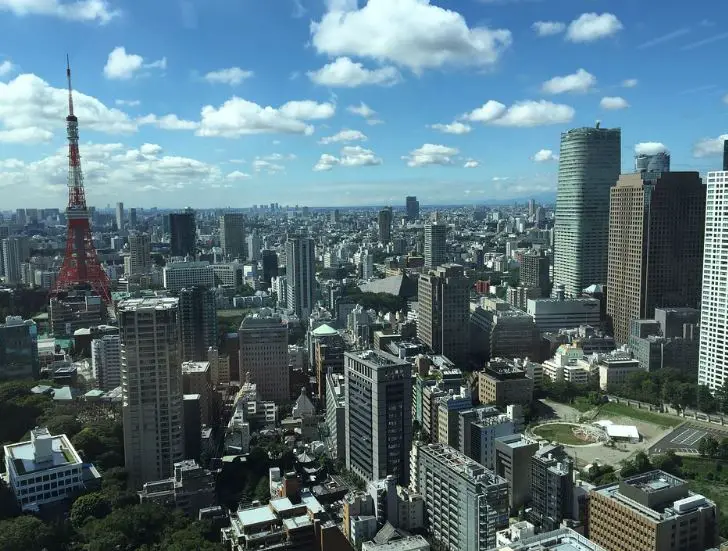Tomioka Silk Mill In Japan: Overview,Prominent Features,History,Interesting facts
Overview:
: Tomioka Silk Mill was Japan's first modern model for silk reeling factories. It was built in 1872, during the Meiji period of Japan's modernization, and is located in the city of Tomioka, Gunma Prefecture. It was an early attempt to introduce a Western model factory to Japan's traditional silk industry and it served as a model for other silk mill factories throughout Japan. The building structure has been designated a National Historic Site of Japan and is currently a museum and tourism center operated by the Gunma Prefectural Board of Education. Tomioka Silk Mill is considered a precursor to Japan's industrial revolution, as it was built with the assistance of advanced Western technology and was the first attempt to establish a modem-style industrialized factory in the country. It also served as an important step toward Japan's full-scale industrialization, as it developed a system of factory production which was later adapted and implemented at other silk mill factories throughout the country. The mill was built with a unique combination of Japanese and Western designs and techniques, and the original architecture of the building has been preserved to this day. In 2014, the mill was designated a UNESCO World Heritage Site in recognition of its importance to the industrialization of Japan. Today, the Tomioka Silk Mill serves as a museum and tourist center, hosting various exhibitions and programs related to the history of the silk industry and the development of modern Japan. It is one of the most beautiful monuments in Japan
Prominent Features:
1. UNESCO World Heritage Site: The Tomioka Silk Mill was added to the UNESCO World Heritage List in 2014, becoming the first modern-era Japanese industrial site to be recognized as a World Heritage property. 2. Modern History: Tomioka Silk Mill is an industrial complex built in the late 19th century that still stands today as a representation of Japan's modern industrial revolution in the late 19th century. 3. Unique Architecture: The Tomioka Silk Mill showcases a unique style of late 19th century architecture, characterized by stylish brick buildings with brick vaults and intricate woodwork. 4. Processes and Machinery: The site is an important example of the processes and textile machinery used to produce high-quality silk fabrics and was the first in Japan to introduce French multiphase production machinery. 5. Cultural Significance: For over 100 years, the Tomioka Silk Mill was a major producer of silk, an important source of economic and cultural prosperity within the local communities. It was an important symbol of Japan's modernization during the Meiji period. You can learn history, culture, and heritage through these magnificent monuments in Japan.
History:
The Tomioka Silk Mill is an important part of Japan’s industrial history. Located north of Tokyo, the mill was established in 1872 by the government as a model factory for the production of high-quality raw silk. It is the oldest modern factory still standing in Japan, and has been declared a UNESCO World Heritage Site. The Tomioka Silk Mill was one of the first factories in the world to use the newly invented Jacquard loom, a power loom that was able to produce complex patterns and textures in silk. The factory was manned by hundreds of skilled craftspeople, including both men and women, who worked in hazardous conditions to mass produce inexpensive, high-quality raw silk. At its peak in 1912, the Tomioka Silk Mill employed over 450 workers and was the largest factory in Japan dedicated solely to the production of silk. It also provided important employment and training opportunities for women, and is credited with being the first factory in Japan to employ female workers. In 1914, the mill was forced to close due to increasing competition from cheaper, machine-made fabric and the exhaustion of the silkworm population in the area. Although the factory has stood for over one hundred years, it was eventually abandoned in 1929 and fell into disrepair, until its historic significance was recognized in the late 20th century, prompting restoration efforts. Today, the Tomioka Silk Mill stands as a reminder of Japan’s traditional silk-making industry, and is a powerful symbol of the nation’s industrialization. The mill is open to the public and is a popular tourist destination, offering visitors a glimpse into the past. Visit one of the famous monuments of Japan with your friends and family.
Interesting facts:
1. Tomioka Silk Mill is a historical place and UNESCO World Heritage Site located in Gunma Prefecture, Japan. 2. It was established in 1872 as the first modern silk-reeling factory in Japan. 3. The mill was intricately designed in order to guarantee successful silk production, and operated with the latest Western technologies, machinery, and energy sources. 4. The advanced techniques used at Tomioka Silk Mill allowed Japan to produce silk more efficiently and become a major exporter of silk around the world. 5. In July 2019, the mill was destroyed by fire, however, it was restored and reopened in March 2021 to preserve its history. 6. Tomioka Silk Mill has also become a popular tourist destination in Japan and attracts international visitors. One of the historical monuments of Japan, it tells the story of a bygone era
Explore Japan most popular tourist destination with us. Tomioka Silk Mill In Japan: Overview,Prominent Features,History,Interesting facts,which is 35.14 km away from Japan main town, is the most popular destination to add in your travel wishlist.
-
City:
Japan
-
state:
Gunma
-
country:
JP
-
country code:
Japan
-
postcode:
3120003
Location:
Gunma JP


 GUNMA JAPAN.png)
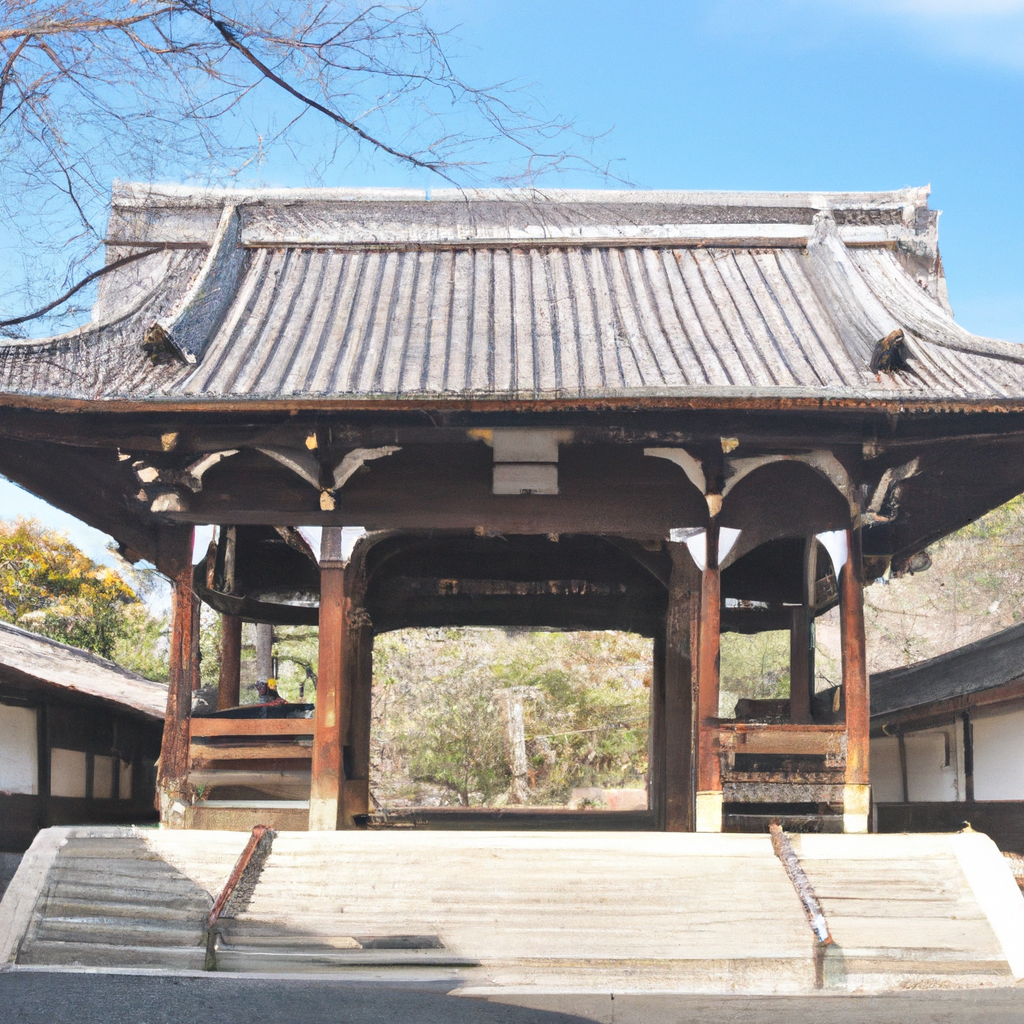

 In Japan.png)




